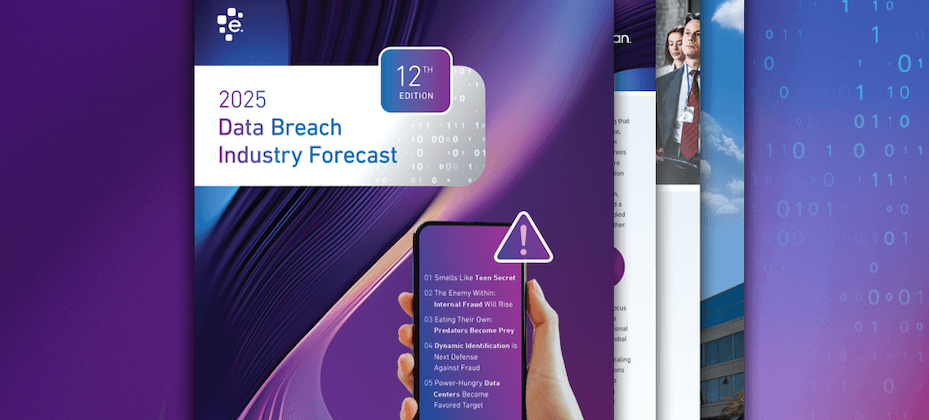
Increasingly Experian’s clients are questioning whether they are extracting full value from their data. There’s more data, more accessible analytic capability – there should be more value created. But this growing information asset needs to be harnessed by targeting it in the right way (generating the right insights) and having the processes to minimize the time from insight to action. Technology and techniques need to be aligned to efficiently capture, analyze and action customer insight in a concerted way, with the customer view at the center of this activity. Understanding customers’ current circumstances, and the challenges & opportunities they are likely to encounter, can help us establish what they need right now and predict their future needs. Identifying life event triggers, and effectively actioning these triggers, can help us ensure that we’re maximizing the customer’s lifetime value with the right communications, with the right content, at the right time. There are two distinct directions companies are taking to extract value from their new customer insight. The more established route is refining the current business (e.g., optimizing offer pricing, enhancing pre-attrition and pre-default models, and refining cross-sale relevancy models). But increasingly, companies are looking to their customer data as a platform for expanding their business – either by using their unique customer insights to market external propositions or by identifying adjacencies where their existing client base provides a competitive advantage. Either way, customer information can be the key to growth. Vision 2014: The evolving landscape of customer management from Experian Business Information Services

Gone are the days when news of a data breach was shocking. Today they have become all too common an occurrence. One of the most concerning issues around breaches is that many consumers' digital identities are based on a single email address or username/password.With stolen identity data in hand, criminals can submit fraudulent mortgages, credit card applications, even create fake credit cards, in the names of thousands of unsuspecting victims. Regardless of how the data is used, one thing is certain: breaches pose serious dangers to consumers, retailers and financial institutions. The need for customer-friendly fraud management is stronger than ever. A single layer of protection is simply ineffective as criminals are more efficient than ever in obtaining consumer identification details and compromising simple access credentials. While mobile technologies and the Internet itself have enabled consumers to have anytime access to their financial data, these advances are the very means by which criminals perpetrate fraud. And customer-friendly technologies and policies continue to outpace the controls and risk management. What controls does your organization have in place to ensure that a fraudster in Malaysia isn't using a legitimate identity and an anonymous proxy to submit credit card applications? Or to alert when a long-standing offline banking relationship suddenly enrolls online? The days and weeks following a breach are a time of heightened risk. Even after a breach has occurred, the risk can be managed. In “Know Your Enemy”, a fraud prevention focused break out session at Experian’s 2014 Vision conference (#vision2014), Ori Eisen @orieisen and Matt Ehrlich @ehrlichmatters cover current trends and practices for taking on the growing industrialization of fraud. Together with a risk executive from a leading bank, the team discusses several themes and emerging tactics, including: the cost of single channel fraud prevention strategies, the necessity of a layered security strategy that includes device and identity intelligence, and true real time, point of contact risk-scoring. Vision 2014: Know Your Enemy – a financial institution’s best practices for preventing the latest fraud attacks from Experian Business Information Services

For small business owners, the bumpy ride continues. Not that things aren't getting better; they are. Or at least, when you take a step back from the monthly assessments of small business optimism, and observe the trend lines over the last couple of years. But It’s the up and down, uneven nature of the monthly reporting that gives you this picture of a “she loves me, she loves me not” world small business owners must be living in. At least life isn't boring. From a lenders perspective, it may not be quite so erratic. The larger small businesses are providing good opportunities for lenders to provide new financing. Demand is growing, and that is a good thing. In addition, new forms of financing are growing in popularity. Alternative lenders are providing direct financing to small business owners, and providing competition for more traditional banks. Credit cards are being embraced more and more by small business owners, and provide some nice fringe benefits to owners. Extending payments, rewards programs, and just plain old convenience are among the benefits small business owners can enjoy by paying their vendors with a credit card. Not a bad way to go! The increased use of small business cards is just one example of a growing trend spawned during the economy’s comeback from the “great recession”. Lenders have better tools available to them to grow their small business portfolios, and also to manage them better. Recent advances in technology and data availability (dare I say “big data”) are providing lenders opportunities for more cost-effective targeting of risk and opportunity. The ability to cross-sell consumer clients who may also be small business owners is a lower cost way to identify solid prospects for commercial products, as well as a way to potentially reward customer loyalty. Benchmarking is another trend that has been shown to provide lenders a tremendous amount of insight into how different segments of customers behave, and help to inform strategic policy. 50 002 trends-in_commercial_card_and_small_business_lending from Experian Business Information Services


